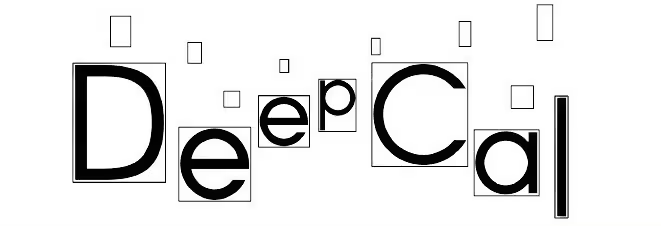In the realm of Advanced Driver Assistance Systems (ADAS), camera calibration is crucial for...
Common calibration challenges and how Zero-Click makes a difference
In the automotive industry, precise camera calibration plays a critical role in ensuring the safety and efficiency of Advanced Driver Assistance Systems (ADAS). However, traditional calibration methods often pose challenges due to their time-consuming and costly nature. In this article, we’ll explore the current issues with camera calibration and introduce DeepCal’s groundbreaking Zero-Click Automated Sensor Calibration solution.
The Issue with Camera Calibration
Camera calibration isn’t just a technical requirement; it’s a matter of life and death. ADAS systems, including features like automatic braking and lane-keeping assistance, heavily rely on accurately calibrated cameras to correctly determine what is the vehicle’s immediate environment. Misaligned cameras can lead to system failures, resulting in avoidable accidents.
Intrinsic Calibration vs Extrinsic Calibration
- Intrinsic Calibration: Describes the lens(es) and how they shape light entering the camera.
- Extrinsic Calibration: Describes the camera position and orientation in 3D space. Generally, intrinsic calibration changes relatively slowly, while extrinsic calibration can change relatively quickly and for a variety of reasons and therefore must be performed regularly.
When calibration is performed
- Factory Calibration: Initial calibration occurs under controlled conditions during vehicle assembly. However, maintaining calibration over time as the vehicle operates on the road presents challenges.
- Aftermarket Calibration: Necessary after repairs or component replacements, aftermarket calibration is complex and costly. It demands specialized labor and equipment.
- Online Calibration: Performed during normal vehicle operation in case of sensor becoming uncalibrated due to vehicle dynamics or body deformation.

Challenges in Traditional Calibration Methods
Traditional methods, such as using checkerboards, QR-codes, or bullseyes, have limitations:
- Static Nature: Traditional camera calibration methods exhibit a static nature. These methods rely on fixed parameters and assumptions, making them less suitable for scenarios with changing conditions.
- Manual Intervention: Another drawback is the need for manual adjustments. Calibration often requires labor-intensive fine-tuning, leading to time-consuming processes. Technicians must meticulously adjust camera parameters, which can be both tedious and error-prone.
- Less Effective: In real-world scenarios, calibration targets are not readily available unless you visit an auto body shop. These targets serve as reference points for calibration, but their scarcity outside specialized facilities poses a challenge for field calibration.
Introducing DeepCal’s Zero-Click Solution
DeepCal revolutionizes calibration with its Zero-Click Automated Sensor Calibration:
- No Targets Needed: Unlike traditional methods, DeepCal’s solution doesn’t rely on checkerboards, QR-codes, or bullseyes.
- Efficiency: It streamlines the calibration process, saving time and reducing costs.
- Dynamic Adaptation: Zero-Click adjusts to changing conditions without manual intervention.
Zero-Click revolutionizes the current calibration status quo by replacing both factory and aftermarket calibration with continuous and automated online calibration. Zero-Click was born to enhance safety in the automotive industry, and this remains the main driving force behind our team and technological advancements. We truly believe that the future of automotive safety lies in software-driven solutions.


.jpeg?height=200&name=download%20(19).jpeg)


Give us your feedback!